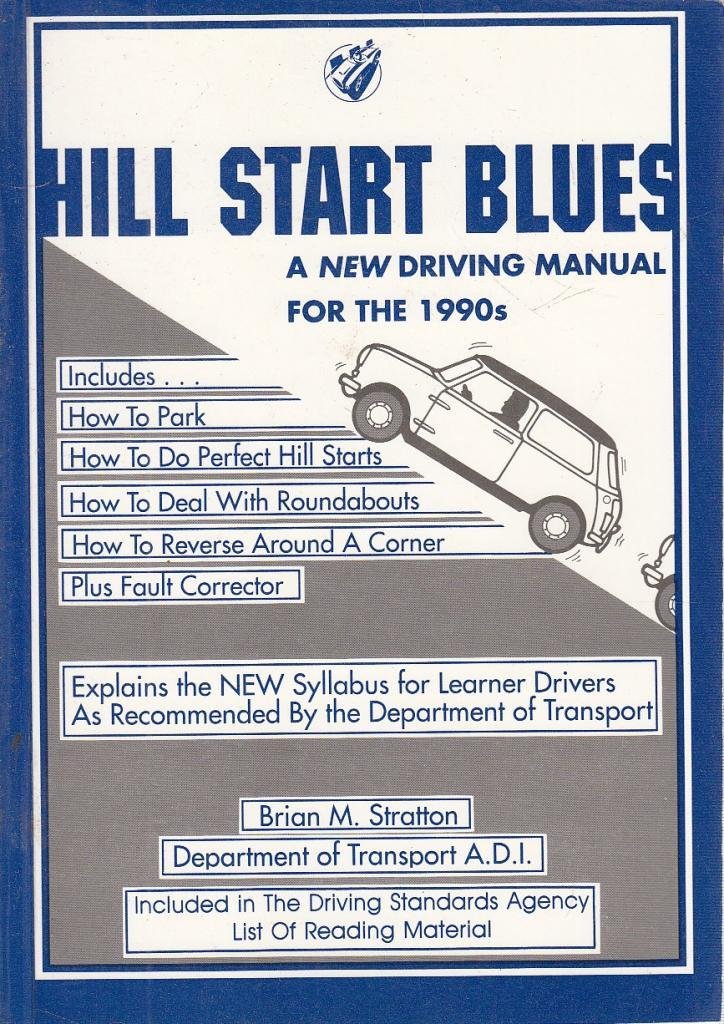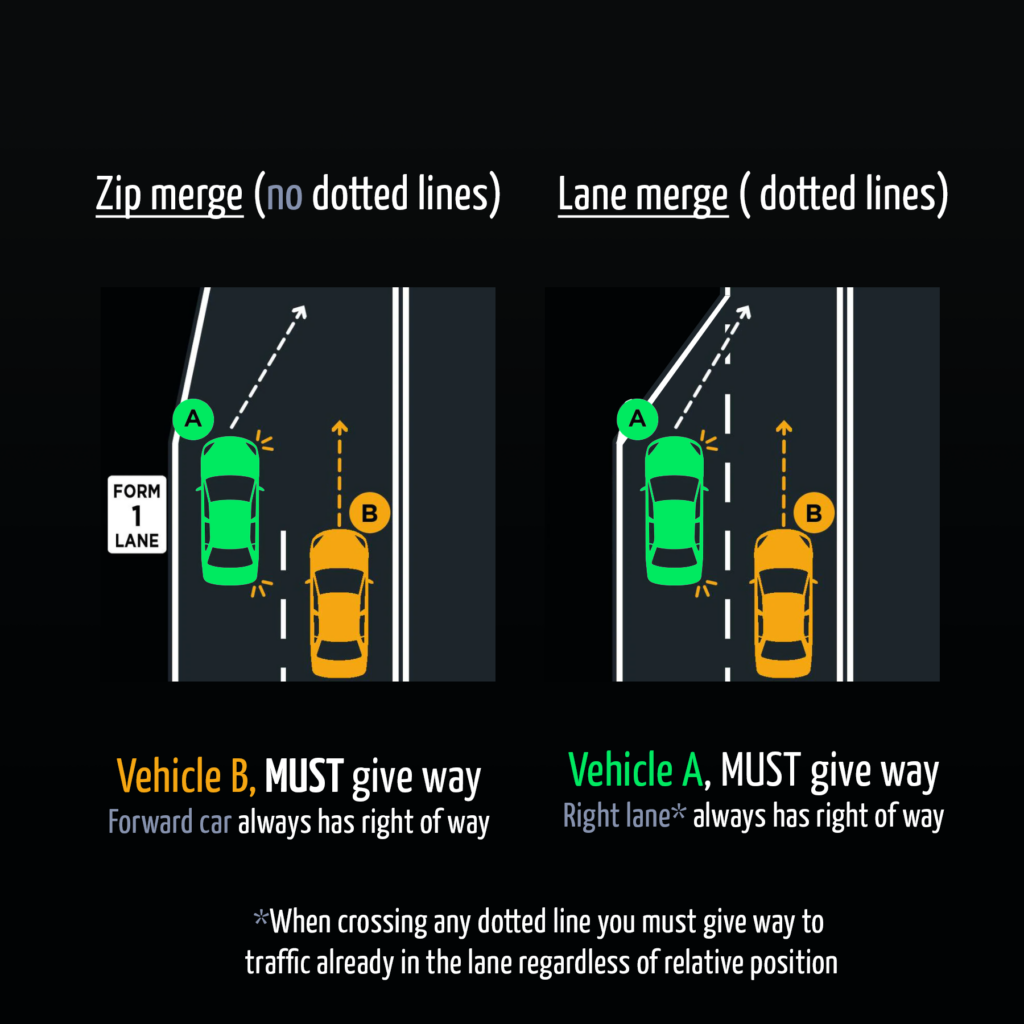Supervising a learner driver during practice sessions is a crucial part of their journey towards becoming a confident and responsible driver. To ensure that these sessions are productive and beneficial, it’s important to have a structured approach. In this article, we will provide you with valuable tips for organizing practice sessions that promote skill development and confidence in the learner. Additionally, we’ll highlight the benefits of attending free workshops designed to enhance your supervisory skills and contribute to the learner’s success.
Tips for Practice Sessions with a Learner:
- Reschedule Practice Sessions When Necessary:
Both you and the learner driver need to be in the right mindset for effective practice sessions. If either of you is tired, upset, or stressed, it’s best to reschedule the session. Creating a calm and focused environment is essential for optimal learning.
- Start with Frequent, Short Practice Sessions:
To build confidence and skill gradually, begin with frequent but short practice sessions. Breaking the learning process into smaller, manageable chunks allows the learner to absorb information better and maintain their focus throughout the session.
- Utilize the Log Book as a Guide:
The learner driver’s log book serves as a valuable tool to structure practice sessions. Use the learning goals and key tasks outlined in the log book to design practice activities that align with their progression. This ensures that each session targets specific areas for improvement and provides a clear path towards achieving their driving goals.
- Gradually Progress from Easy to Challenging Tasks:
Start with easier tasks to help the learner driver build their confidence and familiarize themselves with the basics of driving. As they demonstrate proficiency, gradually introduce more challenging tasks that allow them to develop their skills further. This incremental approach ensures a solid foundation and prevents overwhelming the learner with advanced maneuvers prematurely.
- Respect the Learner’s Pace:
Every learner driver progresses at their own pace. It’s crucial to respect their individual learning journey and avoid pressuring them into attempting tasks they are not ready for. Encourage them to challenge themselves, but ensure they feel comfortable and confident before moving on to more complex driving situations.
- Select Suitable Practice Locations:
Begin practice sessions on quiet streets during daylight hours. These low-risk environments provide a controlled setting for the learner to practice fundamental skills without unnecessary distractions or excessive traffic. As their proficiency improves, gradually introduce busier roads and more challenging driving conditions to expand their experience and adaptability.

During the Practice Sessions:
- Minimize Distractions:
To foster a focused and safe learning environment, eliminate distractions inside the vehicle. Avoid using radios, mobile phones, or engaging in conversations with other passengers during practice sessions. By minimizing distractions, you enable the learner to concentrate fully on the task at hand.
- Discuss and Demonstrate New Tasks:
Before asking the learner to attempt a new task, provide clear explanations and demonstrations. Discuss the steps involved and highlight any important considerations or potential challenges they may encounter. This approach helps the learner understand what is expected and reduces anxiety about trying something new.
- Offer Positive Reinforcement:
Acknowledging and praising the learner’s achievements play a vital role in building their confidence and motivation. Whenever they successfully complete a task or demonstrate improvement, offer positive reinforcement to reinforce their progress. Celebrating their accomplishments encourages a positive mindset and fosters a love for lifelong safe driving habits.
- Calmly Address Mistakes:
Mistakes are an inevitable part of the learning process. Instead of criticizing the learner for errors, calmly explain what went wrong and engage in a constructive discussion about how to improve. Encourage them to try again, reinforcing that mistakes are opportunities for growth and learning.
- Utilize “Commentary Driving”:
“Commentary driving” involves verbalizing your actions and decision-making process as you drive. By describing your actions aloud, you help the learner gain insight into your thoughts, observations, and the rationale behind your driving choices. This technique enhances their understanding of situational awareness and improves their ability to anticipate potential hazards.

- Emphasize Speed Sensitivity:
Teach the learner the importance of speed sensitivity and its impact on hazard response. Help them understand that as the vehicle’s speed increases, the time available to react to potential dangers decreases. By instilling a sensitivity to speed, the learner will develop a safer and more proactive approach to driving.
Free Workshops for Supervisors:
Supplementing your supervisory skills with additional knowledge and techniques can greatly benefit both you and the learner driver. Attend free workshops for supervisors available in various locations across NSW. These workshops provide practical advice and guidance on effectively guiding learners to become safe and responsible drivers. Topics covered include proper usage of log books, planning effective practice sessions, managing challenging situations during practice, and providing constructive feedback to learner drivers.


